The U.S. economy is likely to face fresh inflationary pressures from China, where on-and-off COVID-19 lockdowns have slowed production in a wide range of areas from chips to Christmas trees, ravaging global supply chains.
The Chinese regime’s heavy-handed measures to contain the fast-moving Omicron variant have brought major industrial and commercial centers, such as Shanghai, to a halt.
Shanghai officials said they plan to gradually lift the lockdown from June 1, though fenced-in residents have expressed skepticism after seeing their hopes dashed time and again over the past two months.
As the world’s largest manufacturer, China’s lockdowns have disrupted production lines of many multinational companies ranging from carmakers to fashion. The latest warning is from Swedish electric-car maker Polestar, which cut its delivery forecast this year by 15,000 units.
“The reduction for 2022 is 100 percent attributable to the lockdowns in China,” Polestar said in a May 19 statement.
Worse Impact Than Ukraine War
The impact of China’s lockdowns on the global supply chain is more severe than that of the war in Ukraine, said the head of Deutsche Post DHL Group’s freight business, adding the impact will be felt after the curbs are lifted.“After an opening, traffic jams will probably form in front of U.S. and European ports,” DHL’s Tim Scharwath told Reuters on May 23, adding that “it will take longer than we had thought until the trade system normalizes again.”
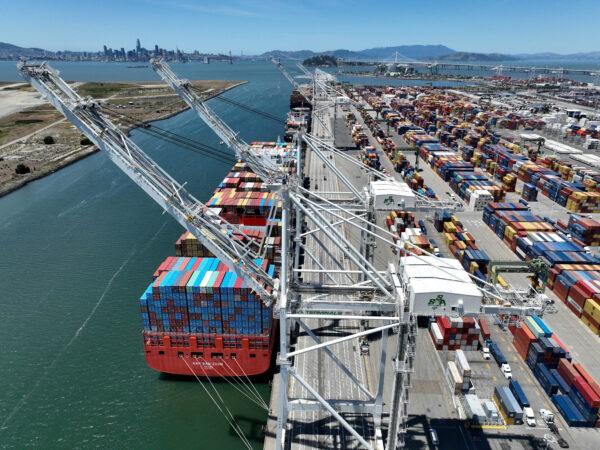
“Even before the latest lockdown in China, the time taken to transport freight from Asia to the US West Coast was twice as long as it was at the start of the pandemic, while shipping rates are six times higher than they were in early 2020,” Fitch Ratings said in a notice released on May 10. The lockdown in Shanghai has built up a backlog at ports, which would result in new congestion at the west coast ports this summer, it said.
No End in Sight
COVID-19 lockdowns tend to only have short-term impacts, analysts said, adding that supply chain disruptions could be gradually improved once cities reopened.But the biggest uncertainty comes from the Chinese regime’s unwavering implementation of its “zero-COVID” policy, they said, meaning cities across the country may repeatedly experience lockdowns and subsequent reopening.
The Chinese regime has held tight to its zero-tolerance approach. Vice Premier Sun Chunlan, who often appears at COVID-19 hotspots delivering the communist regime’s instructions, inspected Beijing on May 23, official news agency Xinhua reported. Sun urged officials to implement thorough measures cutting the transmission of the virus and adhering to the zero-COVID policy, according to the report.
The draconian approach is aimed at eliminating any infection among communities by mass testing and quarantining everyone at risk. In one example of the stringent application of the policy, around 1,800 people in a Beijing neighborhood were relocated to Zhangjiakou city in the nearby Hebei province for quarantine, the state-backed Beijing Daily reported.
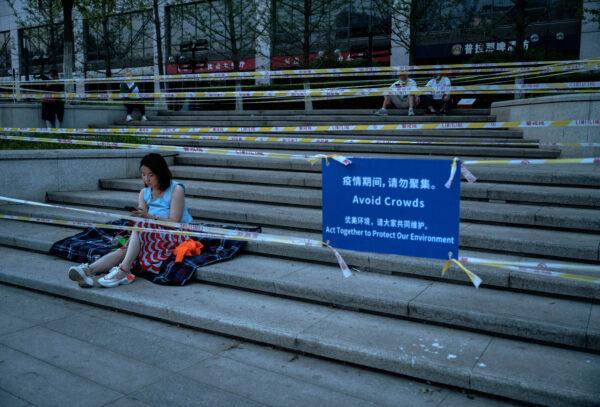
While no citywide lockdown has been imposed in the capital city’s month-long fight against COVID-19, Beijing has gradually tightened curbs. Six of the capital’s 16 districts advised residents to work from home, while a further three districts encouraged people to follow such measures, with each district responsible for implementing its own guidelines. Those who have to go to work should have a negative result on a PCR test taken within 48 hours, and must not veer outside the route of their home-to-work commute.
“The Chinese Communist Party’s approach is unbearable, as they are inhumane and without any scientific bases,” a Beijing resident who has been sealed in his home for nearly 30 days told The Epoch Times on May 21.
Analysts at Japanese bank Nomura estimate 26 Chinese cities were implementing full or partial lockdowns or other COVID measures as of May 23, accounting for 208 million people and 20.5 percent of China’s economic output. That would be down from 271 million a week earlier, accounting for 27 percent of output.
Political Choice
As the regime sticks to its expansive zero-COVID policy, global supply chains are not likely to be able to resume functioning as normal, Huang, the economic analyst, said, noting that the United States and other Western economies could continue to see headwinds.In addition to the data, an indirect indicator of the impact of the regime’s stay-at-home orders on the U.S. economy is the recent call to lower or remove U.S. tariffs on Chinese goods to reduce inflation, said professor Yen Huai-Shing, deputy director of the Taiwan Chung Hua Institution for Economic Research.
For months, senior economic officials within the Biden administration have debated whether to ease tariffs of up to 25 percent on more than $300 worth of Chinese goods imposed by former President Donald Trump as part of his administration’s efforts to combat the regime’s unfair trade practices.
“Removing tariffs could only shave an estimated 2 or 3 percent off inflation, at maximum,” said Yen.
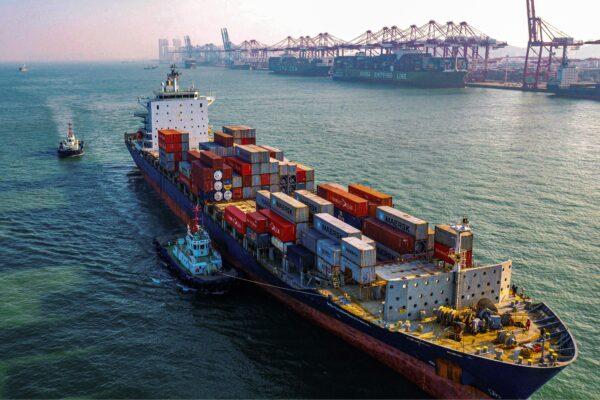
U.S. Trade Representative Katherine Tai said in a May 24 interview with Bloomberg Television that the United States must “keep our eye on the ball in terms of how to effectively realign the US-China trade and economic relationship.” Tai said the United States must be “strategic” on China tariffs.
The Biden administration last month officially launched a review of the U.S. tariffs on Chinese goods.
Whether to maintain Trump-era trade policies on China is a political choice and depends on the Biden administration’s awareness of threat from the Chinese Communist Party (CCP), said Frank Tian Xie, a professor of marketing at University of South Carolina Aiken.
“If he [Biden] could realize the CCP is the top and the most dangerous enemy of the United States, as well as the world, he will keep the Trump-era trade policy and even impose more taxes and export controls of technology,” said Xie. “Biden seems not very clear on this point.”
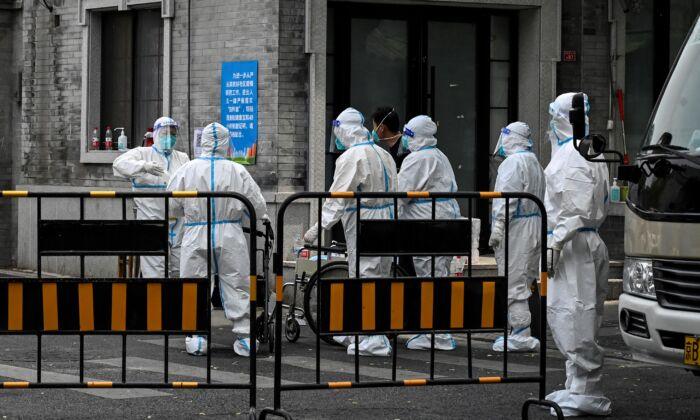
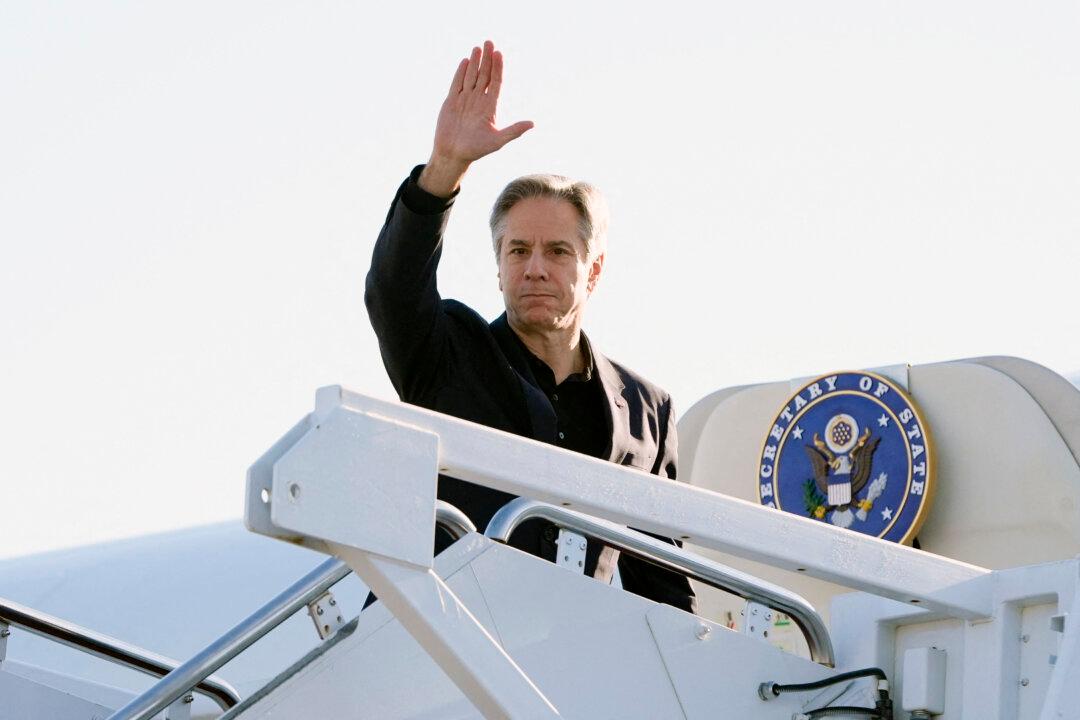
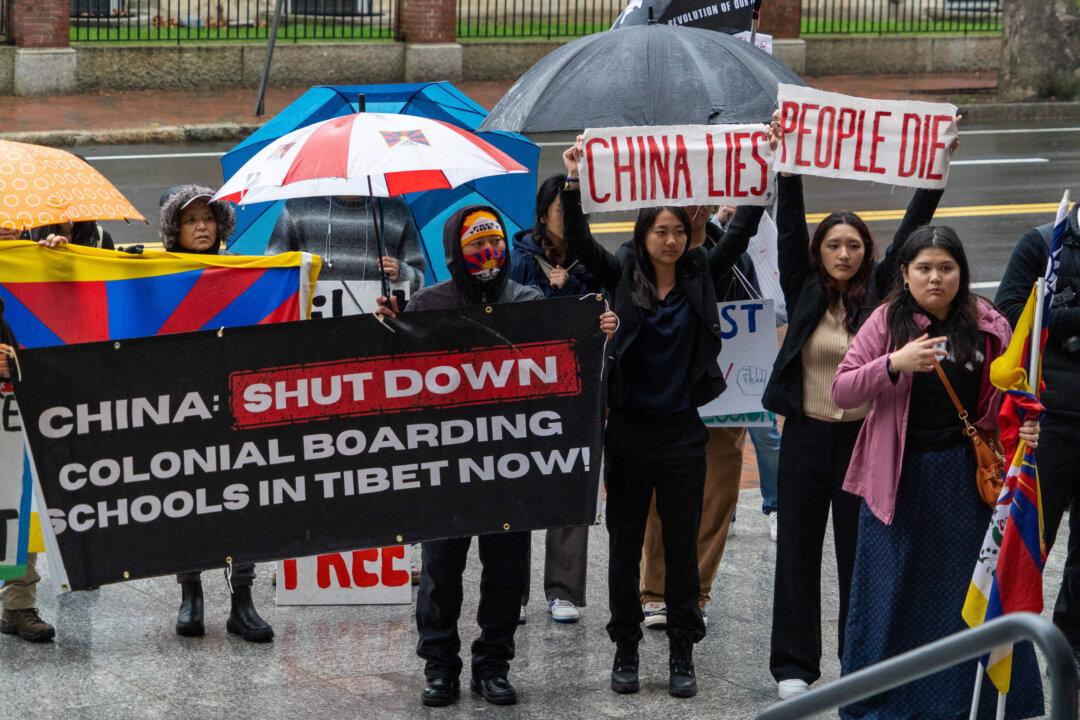
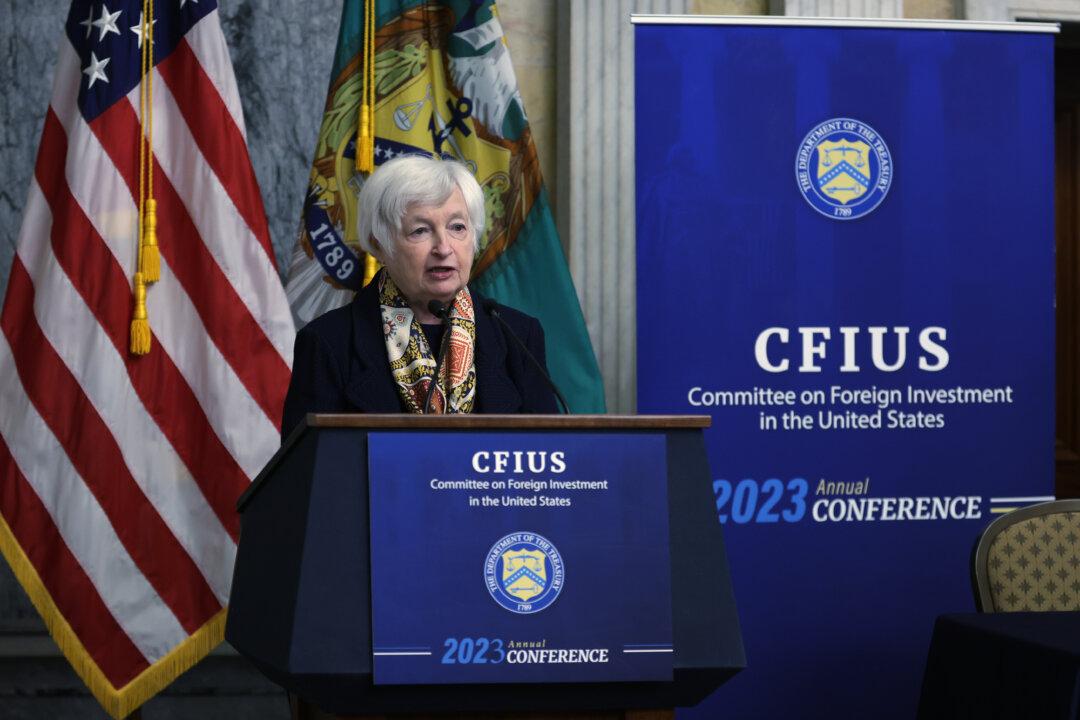
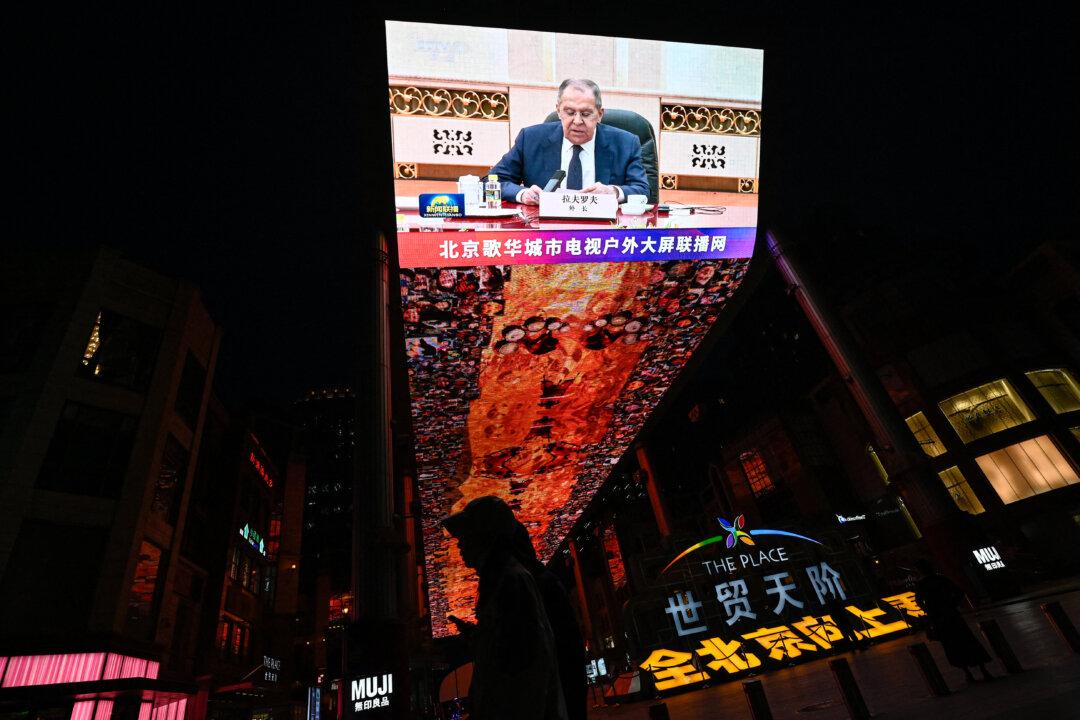
Friends Read Free